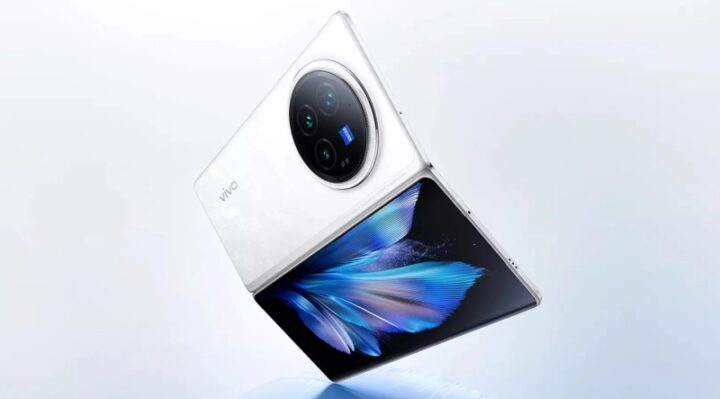Samsung Z Fold 6 vs. Vivo X Fold 3 Pro: Comparing Price, Display, Camera, and Other Features


At the company’s Wednesday launch event in Paris, Samsung unveiled its most recent generation of foldable gadgets. With Android 14 out of the box, the Samsung Galaxy Z Fold 6 is powered by the most recent Snapdragon 8 Gen 3 chipset. However, Vivo now has a very strong competitor in the foldable market with the Vivo X Fold 3 Pro, so Samsung isn’t the only company in this market.
Galaxy Z Fold 6 specifications:
The proprietary Snapdragon 8 Gen 3 Mobile Platform, created only for Samsung, powers the Galaxy Z Fold 6.
The gadget has an external 6.3-inch HD+ Dynamic AMOLED 2X display with a pixel density of 410ppi and a resolution of 968×2,376. A 7.6-inch QXGA+ Dynamic AMOLED 2X Infinity Flex display with a pixel density of 374ppi and a resolution of 1,856×2,160 is used as the inner screen. Smooth and effective performance is provided by the adaptive refresh rate that both panels support, which ranges from 1Hz to 120Hz.
It has three cameras on its back: a 12-megapixel ultra-wide angle camera with a 123-degree field of view, a 10-megapixel telephoto camera, and a 50-megapixel wide angle camera with dual pixel autofocus and optical image stabilisation. In addition, there is a 4-megapixel under-display camera on the inner screen and a 10-megapixel front camera on the cover display.
The foldables are powered by Android 14 with Samsung’s One UI 6.1.1 on top. In order to guarantee long-term software support and security, Samsung has promised to give both devices seven years of Android OS and security updates.
The phone sports a 10 megapixel front camera and a 4 megapixel rear camera. Three cameras—a 12 MP Ultra Wide, a 50 MP wide-angle with a 2x optical quality zoom, and a 10 MP telephoto with a 3x optical zoom—are located on the back of the device.
Vivo X Fold 3 Pro specifications:
Funtouch OS 14 runs Android 14 on the Vivo X Fold 3 Pro. It features a primary 8.03-inch E7 AMOLED display with support for Dolby Vision and HDR10, a peak brightness of 4,500 nits, and a 2K resolution of 2,200×2,480 pixels. Both screens have a refresh rate of 120 Hz, and the secondary screen is a 6.53-inch AMOLED with a resolution of 1,172×2,748 pixels. Screen-to-body ratios for the main and cover screens are 91.77% and 90.92%, respectively.
With 512GB of UFS4.0 storage and 16GB of LPDDR5X RAM, the Vivo X Fold 3 Pro is powered by the Snapdragon 8 Gen 3 CPU. It has a sturdy carbon fibre hinge that has been put through 100 folds a day for more than 12 years. Glass is used to produce the front, glass fibre is used for the rear, and aluminium alloy is used to make the centre frame.
With a 50MP primary sensor with OIS, a 64MP telephoto lens with 3x optical zoom, and a 50MP ultra-wide lens, the camera system boasts a Zeiss-enhanced triple back arrangement. Vivo’s V3 imaging technology powers the 32MP front-facing cameras with an f/2.4 aperture on both the main and cover screens.
5G, Wi-Fi 7, Bluetooth 5.4, NFC, and several global navigation systems are included in the connectivity features. Numerous sensors are included in the gadget, such as an electronic compass, proximity sensor, accelerometer, gyroscope, and more. It has an IPX8 classification for water and dust resistance in addition to a fingerprint sensor.
A 5,700mAh battery with 100W wired and 50W wireless charging capabilities powers the Vivo X Fold 3 Pro. When folded, the gadget weighs 236 grammes and has dimensions of 159.96×142.4×5.2 mm. For those who love technology, this is a large yet portable choice.
Vivo X Fold 3 Pro vs Samsung Z Fold 6 price:
For 256GB, 1,76,999, and 1TB storage options, the Galaxy Z Fold 6 is priced at ₹1,64,999, ₹1,76,999, and ₹2,00,999, respectively.
In contrast, the Vivo X Fold 3 Pro costs ₹1,59,999 for the only 16GB RAM/512GB storage model.


